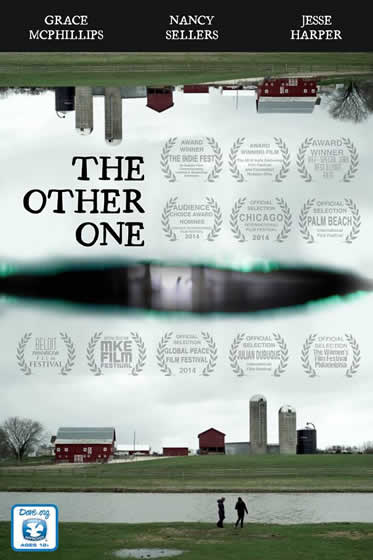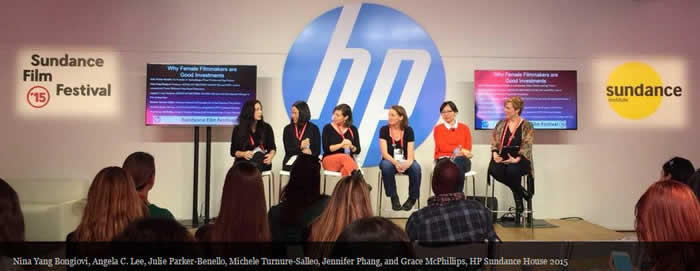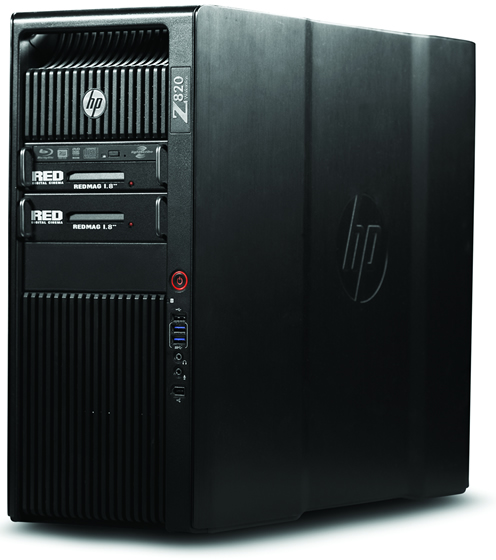GRACE MCPHILLIPS is a leader in Chicago’s voiceover and screen acting community. Her production company, Sterling Rock Productions, creates feature films, shorts, television series, and the Producers Patio Podcast. As an actress, Grace has danced with the Lyric Opera of Chicago in Salome with Deborah Voight, sung with the famous Stanley Paul Orchestra, other bands, and recently completed her 6th album with her band Mysteriam (available on itunes), produced/starred/directed award-winning independent films, and has lent her voice to numerous commercials and radio ads nationwide. In 2014 her recently produced feature THE OTHER ONE toured to many festivals, winning awards, and was an Audience Choice Nominee at the prestigious 50th Anniversary Chicago International Film Festival. Her short prequel entitled ECLIPSE world premiered at the Cannes Film Festival Short Film Corner. Both go into wide release this summer and in the spring begin a public screening series called “The Forgiveness Tour.”
Her recent feature entitled The Other One which she Executive Produced and starred in, has been on an impressive award winning festival tour and is an official selection in the 50th Anniversary Chicago International Film Festival this October, which McPhillips has also been selected as a speaker for two Producer Panels. She presented on the Creative Producing and aggressive filmmaking of the feature (shot in 14 days) at the Sundance and Cannes 2014 Film Festivals with the feature’s supporting partner Hewlett Packard in a presentation called “Time is Money” Concept to Completion in 10 months with the HP Z820. The Other One was the first independent film to receive a production loan of the RED Edition workstation for editing their film and the prequel short film Eclipse. Made specifically as a conversation starter about gun violence in  schools, Eclipse was also selected into the 2014 Cannes International Film Festival Short Film Corner.
schools, Eclipse was also selected into the 2014 Cannes International Film Festival Short Film Corner.
Bijan Tehrani: How did you come up with the idea of making THE OTHER ONE?
Grace McPhillips: My film THE OTHER ONE was originally a short film I had been cast in, but that had never been made. It was a script that haunted me, spurred my imagination towards different story lines, and I saw the film fit perfectly in a location I knew I had pretty unlimited access to. So when it came time for me to produce and star in a feature, that screenplay immediately came to mind.
The short was only 15 pages and a feature needs to be closer to 85 pages, so we, the other lead actors and the director, took a collaborative creation approach and we developed a storyline and script within 3 months and immediately went into filming.
BT: You are an independent producer and filmmaker with an extensive background in arts, has that background helped you as a filmmaker?
GM: Having a diverse background in the arts is super helpful for perspective and gumption. I was mostly dancing, singing, and acting in musical theater prior to film, but choreographed in addition to performing, which is a lot like producing and starring. It’s deciding how you want the cake to be made and then being the one who walks out with it on your finest cake platter.
BT: Wearing different hats in the movie industry is very challenging, how have you been able to successfully deal with that?
GM: I think I have worn almost every hat in the industry! While it is sometimes incredibly frustrating and you can easily feel like a jack-of-all-trades (master of none), you have a greater appreciation for the important work everyone does on set, from the 2nd AC, to the Director, to the Actor.
One of the ways I have been able to successfully manage wearing multiple hats is to have a really good support system and know when to let go and delegate something to someone else. I think this is actually a real challenge for people who are quick, clever, and given the right about of time could figure something out on their own. When you feel competence in many areas it can feel like good help is hard to find.
BT: What platform did you use to edit your films prior to using HP Z Workstations?
GM: Often we would work in final cut pro or Avid on the Mac for our prior short films. Transcoding and working with RED footage can be very laborious, and several projects I acted in had real difficulties getting finished. When I saw the HP Z820 RED Edition Workstation, and the ease with which we could work with the 4K footage, I thought that not only would it enhance our post process, but we could take it one step up and edit on set!
By bringing the editor on set and having her immediately begin cutting the film, we saved ourselves lots of time and money by shooting what we needed and by eliminating additional coverage or scenes.
BT: Please tell us about your experience editing with HP Z820.
GM: As the Producer, my first experience with the HP Z820 was when my post team came to my office to watch Rick Hohmann turn the machine into the RED Edition and learn to use it. They were wowed and so excited to begin playing! As the lead actress, it was great to able to sit with the director and editor on set, review the work and know we were still on target and on schedule, especially with only 13 days for principle photography.
BT: Was there a time that during the editing stage you needed HP support team’s help? If so tell us about that experience.
GM: Actually, we worked on the machine from April-September, pretty much every day, and we never had a problem. I’m sure if we did, HP support would have resolved it quickly.
BT: You were the moderator of a panel at Sundance about women filmmakers, what was the reaction of the audience to that panel discussion?
GM: The reaction was terrific! The Panel discussion was standing room only, and it was suggested by an audience member that we repeat it next year. But next time, we’d hope to bring financiers to the stage to ask them why they even hesitate to get behind the creative, powerful, female filmmakers like these. I hope HP can help lead that charge and inspire investors to match their support of female filmmakers.
Having the HP Z820 Red Edition Work Loan was a game changer for my production and spurred additional donations of equipment and financial support. THE OTHER ONE was a fiscally sponsored project, but I look forward to going the for-profit route in the future.
BT: What are your future projects, are you planning to continue using HP Z Workstations for post-production stage of your films?
GM: I have five projects in development, three of which should go into filming soon. I’m particularly excited about it a TV show about the science of how homes perform, and a detective webseries with the girl scouts that is coming together for next year. My feature thriller Wilderland Road is aiming to film this fall and I’ve attached Montana Mann, one of the youngest female DGA members, to direct it. Moving at the breakneck pace my projects typically do, the HP Z Workstations are the ultimate tool for “keeping up” with my fast production metabolism. I don’t want to be on a film set or in post-production without one.

